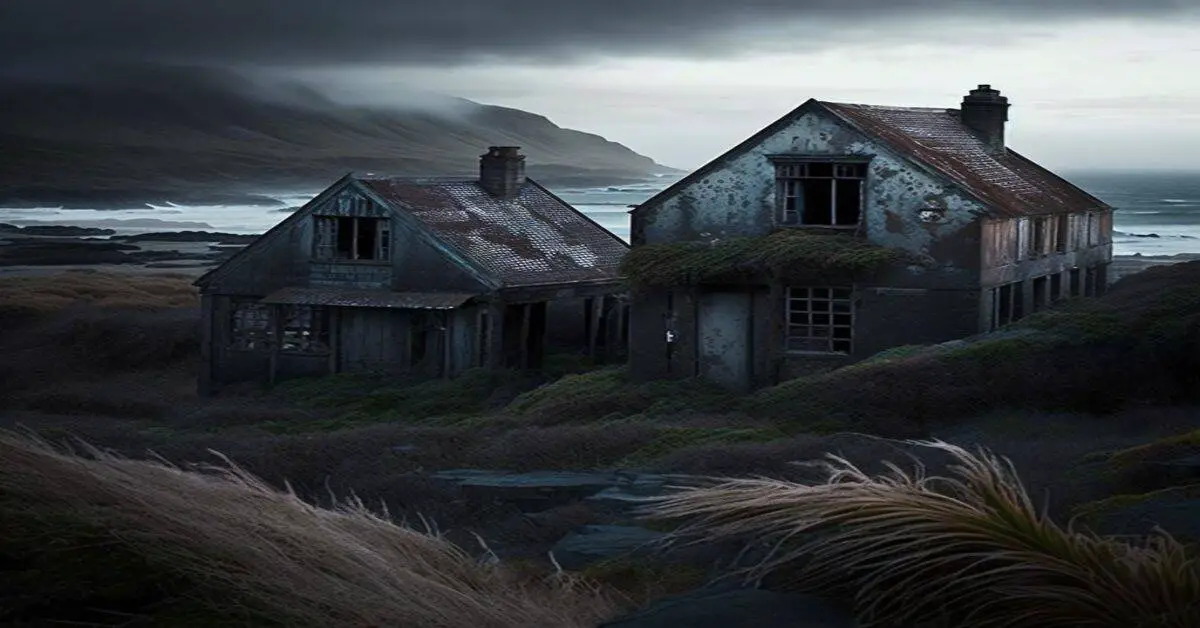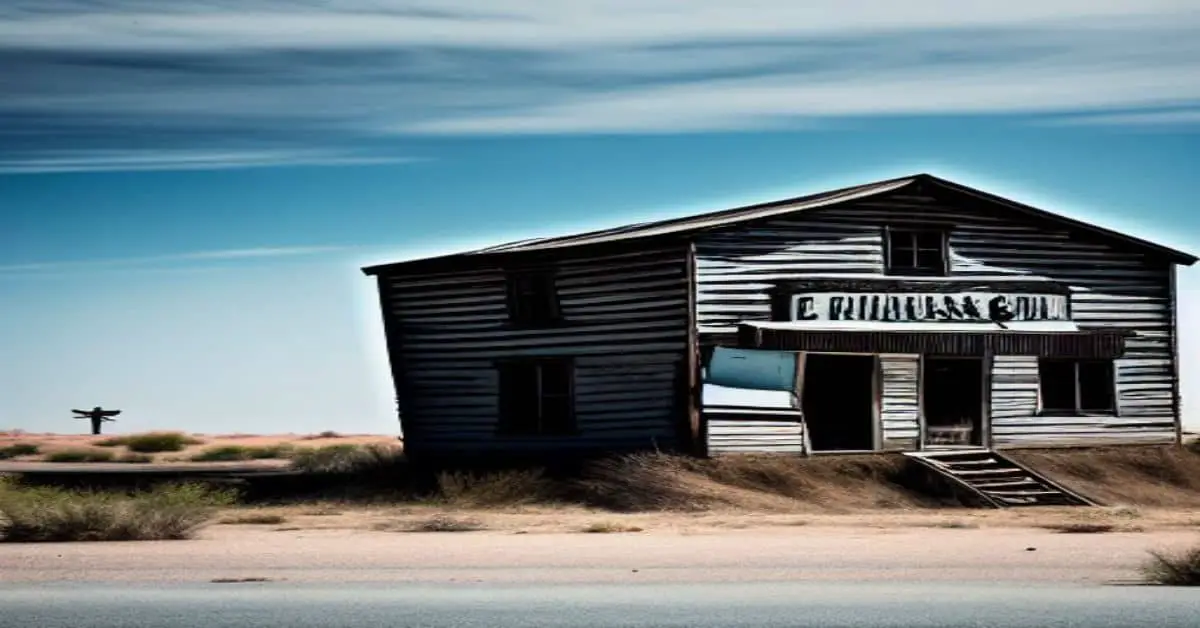Idaho’s Clayton Ghost Town, nestled in Custer County, is a historical gem that offers visitors a glimpse into the state’s past. Founded in the late 1800s, the town owes its existence to the discovery of silver in the area. The town’s silver mines, some of the oldest in Idaho, were once a significant source of employment for the region.
Today, Clayton is a semi-ghost town with a population of just 26, and many of its original buildings remain intact, providing a unique insight into the town’s past.
Visitors to Clayton can explore the town’s rich history at the museum housed in an old building belonging to the Clayton Silver Mine. The annual 4th of July BBQ and arts and crafts fair is also popular, offering visitors a chance to experience the town’s community spirit while enjoying local delicacies and crafts.
Despite its small size, Clayton still has a mayor, city council, and several operating businesses, including two bars, a cafe, and a post office. With its scenic location by a river and cool climate, Clayton is a must-visit destination for those seeking a unique historical experience in Idaho.
Key Takeaways
- Clayton Ghost Town was founded in the late 1800s due to the discovery of silver in the area, and the Clayton silver mines were once a significant source of employment for the region.
- Despite the decline of the silver mining industry, Clayton remains a semi-ghost town with a population of just 26, but with a strong sense of community involvement and a resilient economy sustained by two major employers.
- Clayton’s rich history can still be explored through its original buildings and the museum housed in an old building belonging to the Clayton Silver Mine.
- The annual 4th of July BBQ and arts and crafts fair is a popular attraction for those seeking a unique historical experience in Idaho.
Silver Mining Roots
The founding of Clayton was a direct result of the discovery of silver in the 1880s, and the Clayton silver mines, which are among the oldest in Idaho and still operational, have been integral to the town’s economic and cultural history, serving as the roots of its silver mining legacy.
The impact of silver mining on the local environment was significant, as large land areas were excavated and processed for minerals. Technological advancements in mining techniques played a crucial role in the growth and development of the industry, allowing for increased efficiency and productivity.
As the silver mining industry developed, so did the town of Clayton. The population grew rapidly, and businesses were established to support the needs of the miners and their families. The demand for resources and services brought about significant changes in the town’s infrastructure, including constructing roads, buildings, and transportation systems.
While the silver mining industry ultimately declined, its impact on the town of Clayton remains evident in the historic buildings and artifacts that can still be found throughout the area.
Current Population and Attractions
According to the population sign, the current population of Clayton is 26 individuals. Despite its small size, the town still has a mayor, city council, and several operating businesses, including two bars, a cafe, a post office, a salon, and a store. The fire station and community center also indicate a strong sense of community involvement.
In addition to the operating businesses, Clayton’s semi-ghost town status offers visitors a unique glimpse into its past. Many original buildings still stand, and the museum in the old building belonging to Clayton Silver Mine is open May-September. Preservation efforts and restoration projects are also underway to maintain the town’s historical integrity.
Overall, Clayton’s current population and attractions provide a testament to the town’s enduring spirit and dedication to preserving its history.
Economy and Events
Despite its small size and rural location, Clayton’s economy is sustained by two major employers, Thompson Creek Mine and Three Rivers Stone quarry, which provide job opportunities for hundreds of individuals in the surrounding area.
Thompson Creek Mine, located just two miles up the river, employs over 300 people, while Three Rivers Stone quarry, located five miles down the river, employs around a hundred on average.
These two companies have helped to sustain the local economy and provide much-needed employment opportunities to Clayton’s residents.
In addition to these major employers, Clayton also has several local businesses, including two bars, a cafe, a post office, a salon, and a store.
The community is also actively involved in events such as the 4th of July celebration, which draws over 2,000 people to the town for a BBQ and arts and crafts fair.
Despite its small size, Clayton’s economy and community involvement demonstrate the resilience and vitality of this historic ghost town.
Frequently Asked Questions
What is the origin of the name “Clayton”?
The origin of Clayton’s name is not clear. Local legends and folklore suggest it may have been named after a family or a prominent individual. However, no conclusive evidence exists to support these claims.
What other industries besides silver mining have been present in Clayton throughout its history?
Clayton, a former silver mining town in Idaho, has had other industries besides mining, including agriculture. The town has also experienced cultural diversity with the presence of various operating businesses and a population of 26.
Are there any notable geological features or landmarks in the surrounding area of Clayton?
The surrounding area of Clayton features various geological formations and natural landmarks. The Sawtooth Mountains to the north offer stunning views, while the Salmon River to the south provides ample opportunities for outdoor recreation. Additionally, nearby hot springs and lava fields are popular attractions.
How has the town’s economy and population fluctuated over time?
The impact of natural disasters on Clayton’s economy and the role of transportation have influenced its population changes. The shutdown of Clayton Silver Mine in 1986 affected the town’s economy and its current population is 26.
Are there any notable figures or events from Clayton’s history that are not commonly known?
Uncover the folklore mysteries and local legends of Clayton’s past. Unusual tales of buried treasures and hidden characters have been whispered throughout the town’s history, adding an extra layer of intrigue to its already rich heritage.


